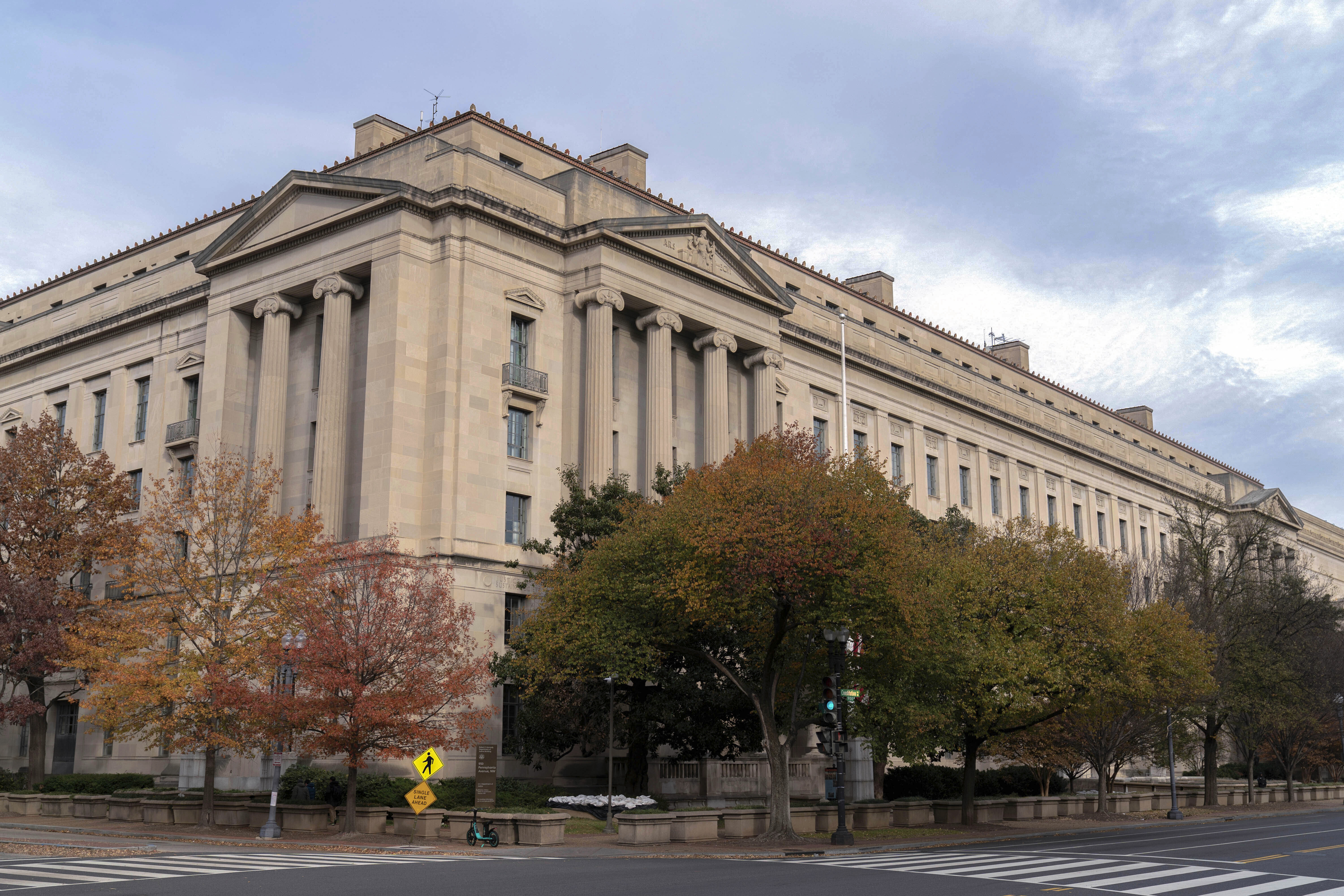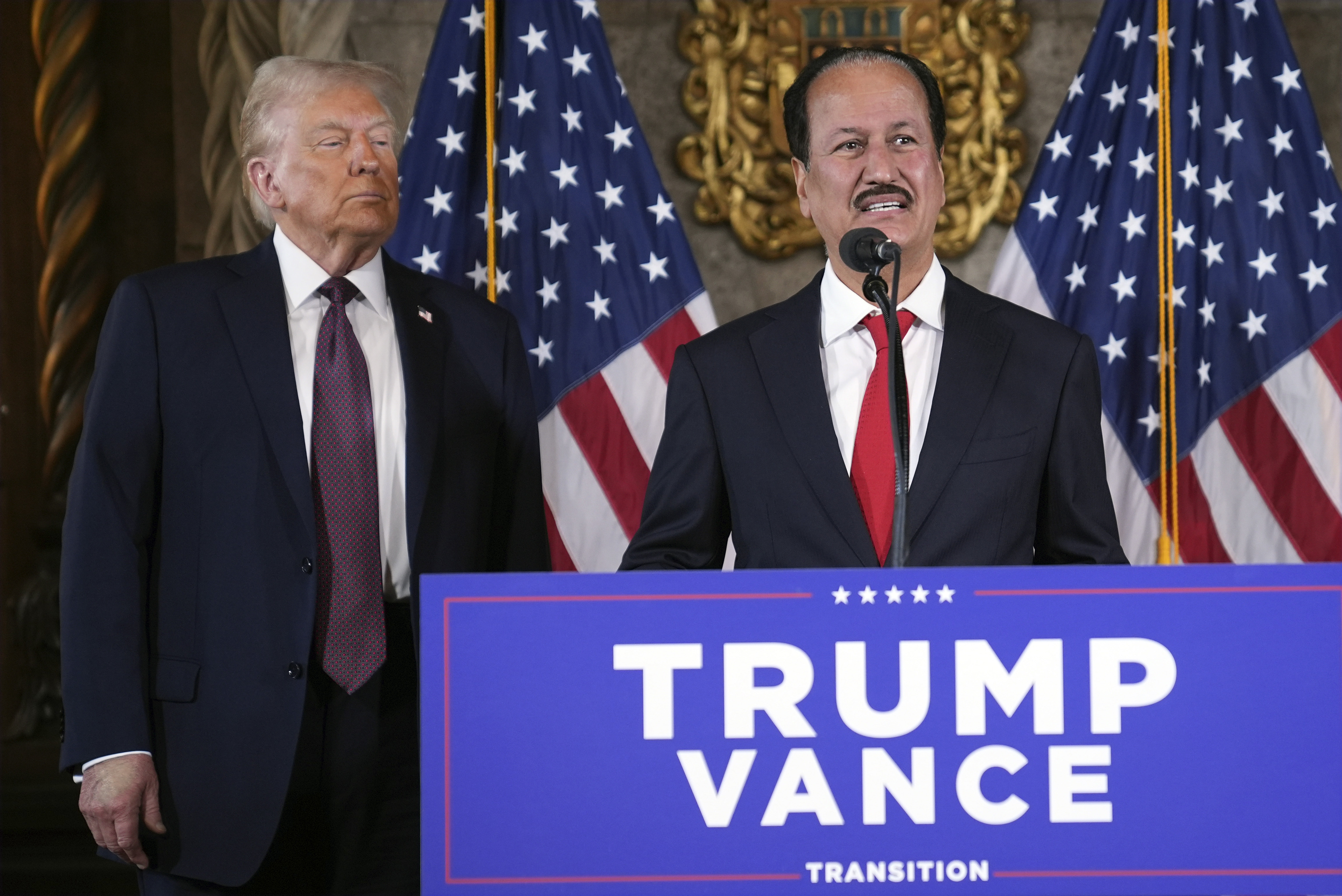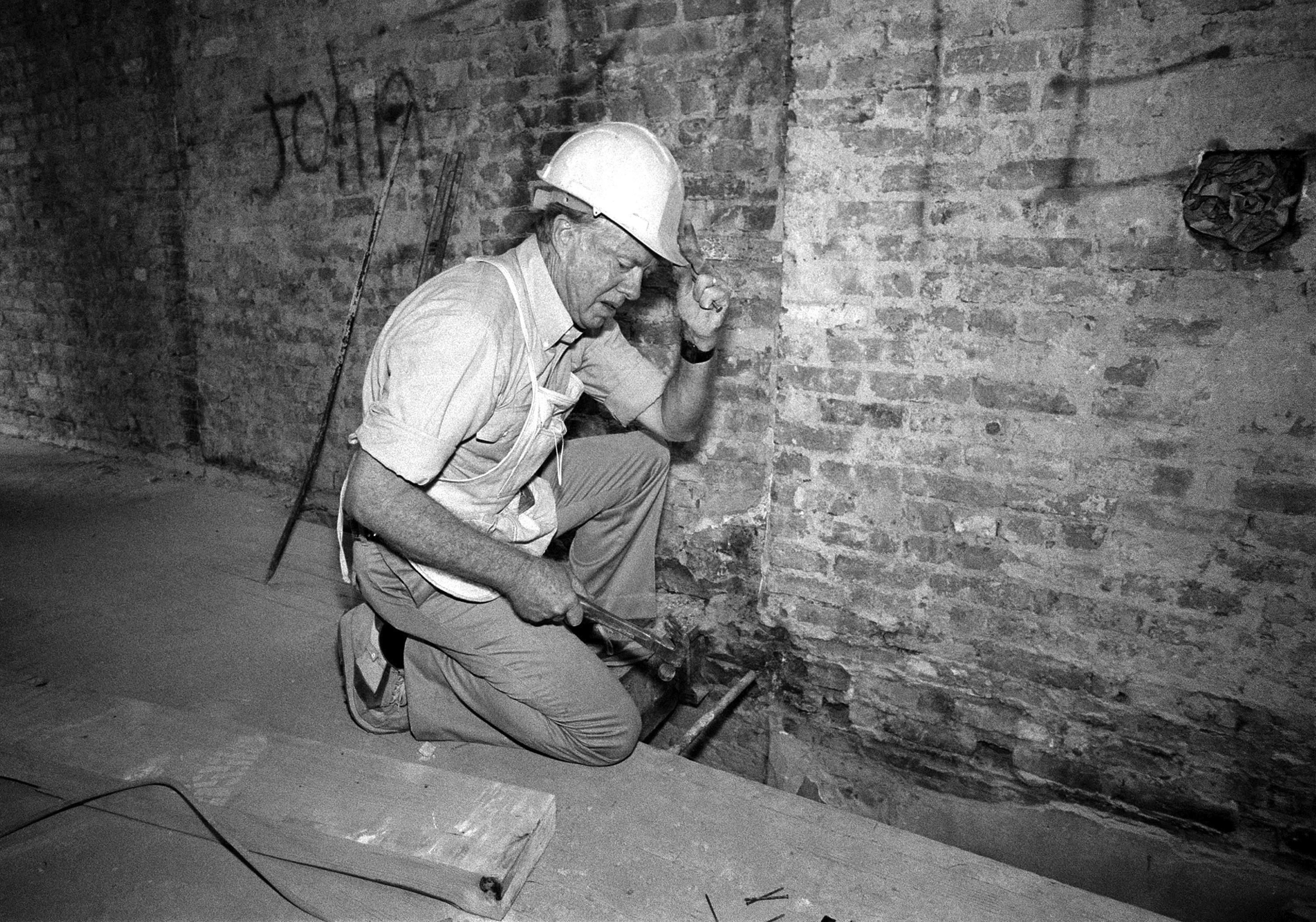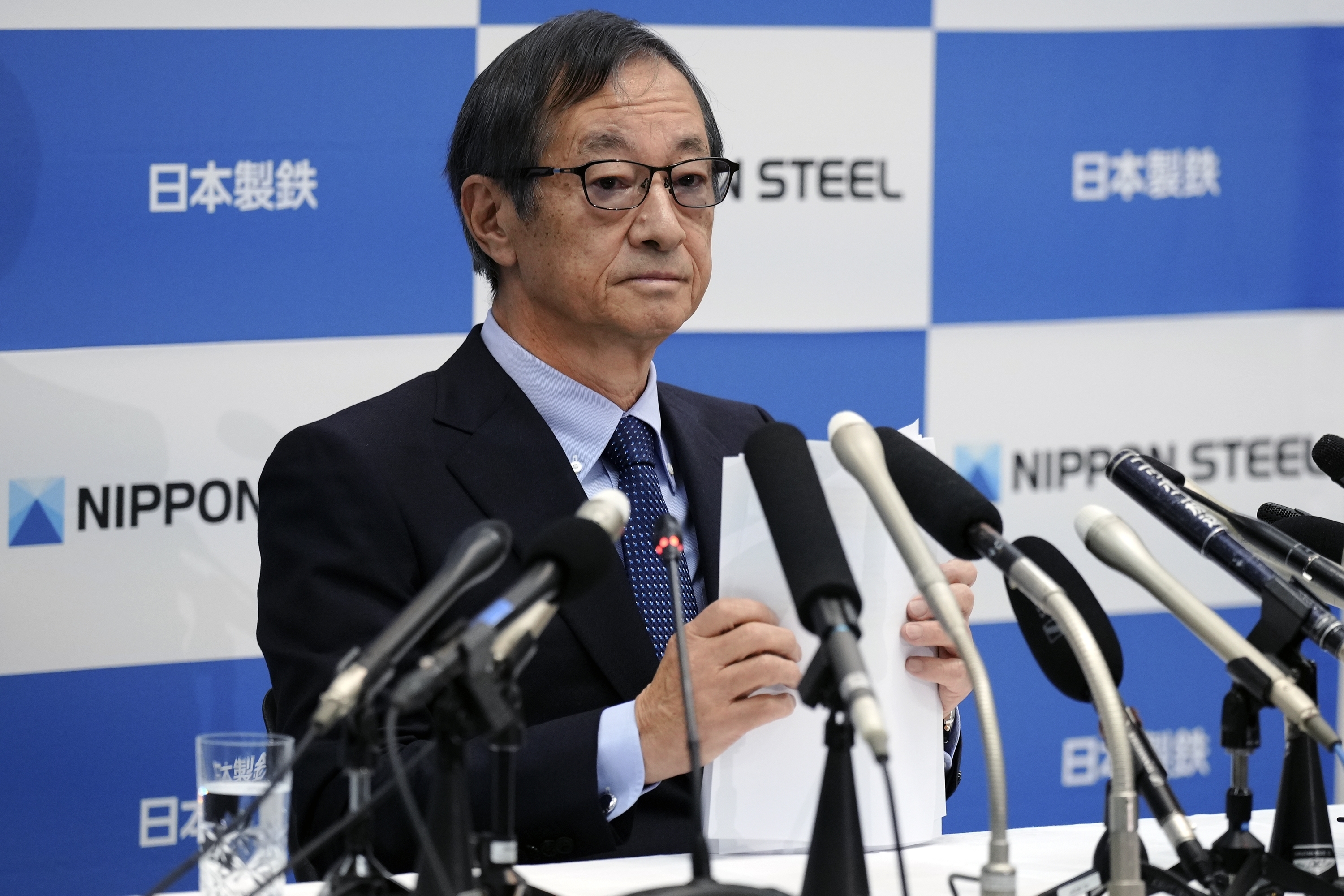(AP) – The first federal capital case tried under President Joe Biden ended with a split among jurors, which means the life of an Islamic extremist who killed eight people in a New York City will be spared. It came at a rare federal death penalty trial in a state without the death penalty.
That Biden’s Justice Department continued to pursue the death penalty for Sayfullo Saipov, who used a truck to mow down pedestrians and cyclists on a popular bike path, was a surprise to many given Biden’s opposition to capital punishment and his 2016 campaign pledge to end it federally.
The jury’s failure to reach a unanimous decision means Saipov receives an automatic sentence of life in prison without the possibility of parole for the October 2017 attack.
The initial decision to seek the death penalty came under then-President Donald Trump, who tweeted a day after the attack that Saipov “SHOULD GET DEATH PENALTY!”
But Attorney General Merrick Garland, under Biden, gave his prosecutors the green light to continue pursuing it even though Garland has imposed a moratorium that means no federal executions are likely to happen anytime soon.
The federal death penalty wasn’t a high-profile issue until Trump resumed them in 2020 after a 17-year hiatus. With 13 inmates put to death in his last months in office, Trump oversaw more federal executions than any president in more than 120 years.
Here is a look at the current status of the federal death penalty under Biden:
_____
HOW WAS THERE A CAPITAL CASE IN A STATE WITHOUT CAPITAL PUNISHMENT?
Saipov’s case was a rare instance of the Department of Justice seeking the death penalty in one of the more than 20 states that does not have capital punishment, drawing on U.S. laws that allow executions by federal authorities for exceptional crimes.
The death penalty was effectively abolished in New York by 2007, after years of efforts to restore it, according to the Death Penalty Information Center. Historically, over 1,000 people have been executed in New York. The last execution in the state was in 1963.
Federal juries in Brooklyn twice gave a death sentence to a man who murdered two New York police detectives, once in 2007 and again in 2013, but both sentences were vacated on appeal. A judge ultimately ruled the killer was intellectually disabled.
Boston Marathon bomber Dzhokhar Tsarnaev was sentenced to death at a 2015 federal trial in Massachusetts, which abolished capital punishment in 1984. The current Justice Department has continued to fight Tsarnaev’s bid to have his death sentence tossed out.
If Tsarnaev is ever executed, it would likely be at a death chamber at a U.S. prison in Terre Haute, Indiana, where federal death row is located and where the 13 prisoners executed under Trump received lethal injections of pentobarbital.
WHAT HAS BIDEN DONE TO DATE?
Biden himself has not issued any formal directives or policy statements on federal capital punishment. During the 2016 campaign, he vowed both to end the federal death penalty for good, and to work at ending it in all states. He has been silent on both federal and state death penalties.
The lack of clear steps toward abolishing the death penalty or clearing federal death row using executive authority would leave to the door open to a future pro-death penalty president once against resuming executions by the U.S. government.
Under Garland, the Justice Department hasn’t sought the death penalty in any new cases. It also has withdrawn requests for capital punishment sought by prior administrations against more than two dozen defendants.
The Justice Department announced in January that it would not seek the death penalty for Patrick Crusius, who is accused of fatally shooting nearly two dozen people in a racist attack at a West Texas Walmart in 2019. Crusius later pleaded guilty to federal hate crime and weapons charges.
While many have praised the White House for not wanting to interfere in the Justice Department’s day-to-day decision-making, capital punishment opponents say that shouldn’t stop it from establishing an overall policy on executions.
WHAT HAS THE WHITE HOUSE SAID?
In an email to The Associated Press earlier this year, the White House said the president “has long talked about his concerns about how the death penalty is applied and whether it is consistent with the values fundamental to our sense of justice and fairness.” It added Biden supports the attorney general’s decision to impose the moratorium.
“The DOJ makes decisions about prosecutions independently. It would be inappropriate for us to weigh in on specific cases underway, but we believe it’s important for victims, survivors, and their families to get justice,” it said.
WHAT ABOUT THE MORITORIUM?
Garland announced a halt to federal executions in 2021, meaning the Justice Department won’t issue orders to execute anyone, at least while the moratorium is in place.
But the moratorium doesn’t stop the department from pursuing the death penalty and it doesn’t stop U.S. prosecutors from continuing to fight legal action by death row inmates trying to avoid execution.
The Garland moratorium is similar to one ordered in 2014 by President Barack Obama following a botched state execution in Oklahoma. That Obama didn’t take more far-reaching action on the federal executions enabled Trump to restart them.
Trump officials argued that carrying out the executions was a matter of complying with U.S. law and bringing long-delayed justice to victims’ relatives.
WHAT DOES THE REVIEW DURING THE MORATORIUM ENTAIL?
The Justice Department hasn’t offered details, including end goals or timetables.
Garland has said the review would look at protocols put in place by Trump’s attorney general, William Barr. Attorneys for death row inmates criticized the protocols, saying they allowed for hurried executions.
What the review does not entail is an assessment of whether the federal death penalty should be scrapped entirely.
WHAT ABOUT THE PROTOCOLS?
In September, the Justice Department issued a public notice seeking comment about changes to Trump protocols, including one permitting execution methods other than lethal injection, such as firing squads.
In a recent letter, Democratic U.S. Rep. Ayanna Pressley and Sen. Dick Durbin urged the Justice Department to quickly annul all the Trump protocols, including one authorizing the use of state facilities and staff in federal executions, calling the orders “irreparably tainted.”
Another authorizes the use of a single drug, pentobarbital, to replace a three-drug cocktail deployed in the 2000s — the last time federal executions were carried out prior to Trump.
Most critics of the death penalty responded to the moratorium and review with faint praise — calling it a first step. Any changes in protocol could easily be undone by a future administration.
WHAT DO DEATH PENALTY OPPONENTS WANT DONE?
They say Biden should draw on his presidential powers to commute all federal death sentences to life in prison, which would prevent those death sentences from ever being restored.
There’s also proposed legislation to strike the death penalty from U.S. statutes and resentence the more than 40 inmates still on federal death row to life. Biden has given no indication he supports any such measures.
The issue is a sensitive one for Biden. In 1994, then-Sen. Biden shepherded legislation through Congress that added 60 additional crimes for which someone could be executed. Some inmates executed under Trump were sentenced under those provisions.
Capital punishment has been a hot-button issue politically in the past but is less so now after support for capital punishment has fallen in recent decades. Backing for it currently hovers around 50%, according to most polls.


























